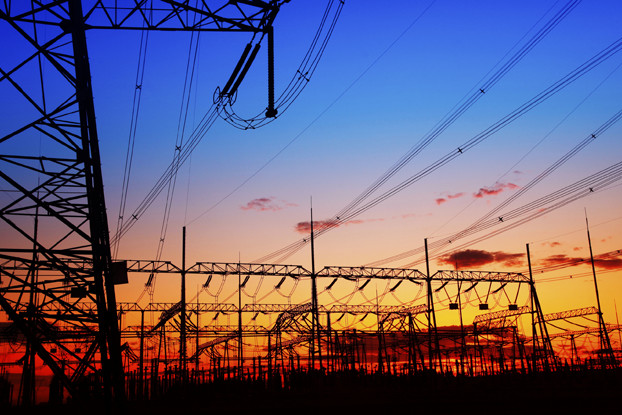EDITOR’S NOTE: The following report is from an EmoryBusiness.com series on the intersection between business and politics. The comments of faculty experts are not meant to reflect a political leaning, merely an understanding of issues and what — if any — involvement the government can have.
By the time the 2016 elections roll around, the Keystone XL Pipeline will have been a headline-maker for the better part of eight years. While the topic is nuanced (a portion of XL, for instance, already exists), the rhetoric tends to distill the issue into a familiar two-sided debate: the economy versus the environment.
In many ways, Keystone XL serves as a totem for the debate around renewable energy. And according to Ray Hill, senior lecturer in finance at Goizueta Business School, the debate around renewable energy boils down to one thing: climate change.
“In the broadest possible terms, the overarching question facing candidates and the future president is: How much cost are we going to incur in pursuit of climate change objectives?” he said.
The issue of cost lies outside the climate science debate that dominates political rhetoric. Hill, who spent time working in the energy industry, said current methods for encouraging investment in renewable energy involve significant economic trade-offs that often get overlooked.
A tangled topic
Regardless of where someone lands on the climate change debate, the country’s current approach toward encouraging the adoption of renewable energy, including solar and wind, is to provide subsidies.
In that model, the government needs to make up for lost money.
[pullquote]“Economists have a terrible track record of forecasting way into the future because no model can possibly take into account human beings’ ability to adapt.” – Ray Hill[/pullquote]
“People either will be paying higher taxes elsewhere in the system or perhaps some programs will receive less money,” Hill said.
The potential fallout is that jobs created as a result of a state or even the country’s addition of renewables into the energy mix could be offset by a loss of jobs in other areas.
“It’s going to be costly to achieve anything like the climate change goals that anyone is talking about,” Hill adds.
A key challenge facing anyone trying to develop policy is the difficulty of performing a reliable cost-benefit analysis. The predicted risks, such as droughts, erratic precipitation and rising sea levels, affect us far into the future.
“It’s very, very difficult to quantify the cost of climate change 100 years from today,” Hill said. “It makes it difficult to argue incurring certain costs today in order to avoid open-ended costs in the future.”
Furthermore, Hill said long-term predictions can be a pratfall for those doing the prediction.
“Economists have a terrible track record of forecasting way into the future because no model can possibly take into account human beings’ ability to adapt.”
Developing a global approach
The fractured debate has led to states spearheading individual initiatives. This patchwork of policy means the U.S. may have a hard time making a major dent in abating climate change. Even if the country could manage to unify measures, America is not the only country using fossil fuels.
“Our efforts won’t matter much if China, India and the developing world aren’t on board,” Hill said. “How much cost should Americans shoulder if there won’t be significant improvement worldwide?”
Hill said economists tend to agree that one approach could have a major impact.
“Nearly every economist believes the right solution is to have a worldwide tax on carbon emissions, which lets the market solve the problem,” Hill said. “The idea is that any public policy goals can be achieved by overlaying the right incentives on the market. This is most efficient way of achieving environmental goals.”











